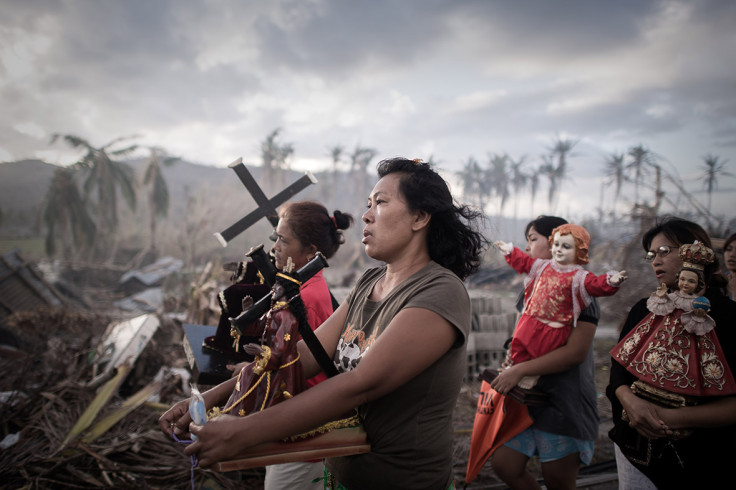Natural Disasters Displaced 'Three Times as Many People as Conflicts' in 2013

Natural disasters displaced three times as many people as conflicts in 2013, a new study has revealed.
According to a report by the International Displacement Monitoring Centre (IDMC) and NGO Norwegian Refugee Council (NRC) - which provides assistance to internally displaced people and refugees worldwide – at least 22 million people were displaced due to natural disasters last year.
More than 600 natural catastrophes were recorded during 2013, of which 37 involved mass movements of 100,000 to over four million people.
In Asia, the continent most affected by disasters, 19 million people, or 87.1% of the global total, were forced to leave their homes during the year.
In the Philippines alone, the typhoon Haiyan caused the displacement of 4.1 million people in November, while the typhoon Man-yi in Japan uprooted 260,000 people in September.
Floods in Alberta, Canada, caused 120,000 to leave their homes, while in Europe particularly in Germany, the Czech Republic, Russia and the UK, 149,000.
The Moore tornado in the US state of Oklahoma displaced 218,500 people in May and seasonal floods caused several displacements in sub-Saharan Africa, especially in Niger, Chad, Sudan and South Sudan.
One of the main reasons for the high rates of displacements is the increasing concentration of urban populations, especially in areas prone to natural hazards.
"This increasing trend will continue as more and more people live and work in hazard-prone areas. It is expected to be aggravated in the future by the impacts of climate change", said NRC's secretary general Jan Egeland.
The report said that today, twice as many people are being displaced compared with the 1970s.
No region in the world is immune from potential natural disasters and "higher average levels of displacement are to be expected in the coming decades.
"Demographic trends and vulnerability will continue to be the primary drivers of displacement risk, and changes in the frequency and intensity of extreme weather events are expected to add to this risk."
The report suggested that in order to prevent such huge displacements as the ones occurred in 2013, governments should do more to protect people who live in vulnerable areas and reduce their exposure to hazards.
"Most disasters are as much man-made as they are natural," said IDMC's director, Alfredo Zamudio. "Better urban planning, flood defences and building standards could mitigate much of their impact".
© Copyright IBTimes 2025. All rights reserved.






















